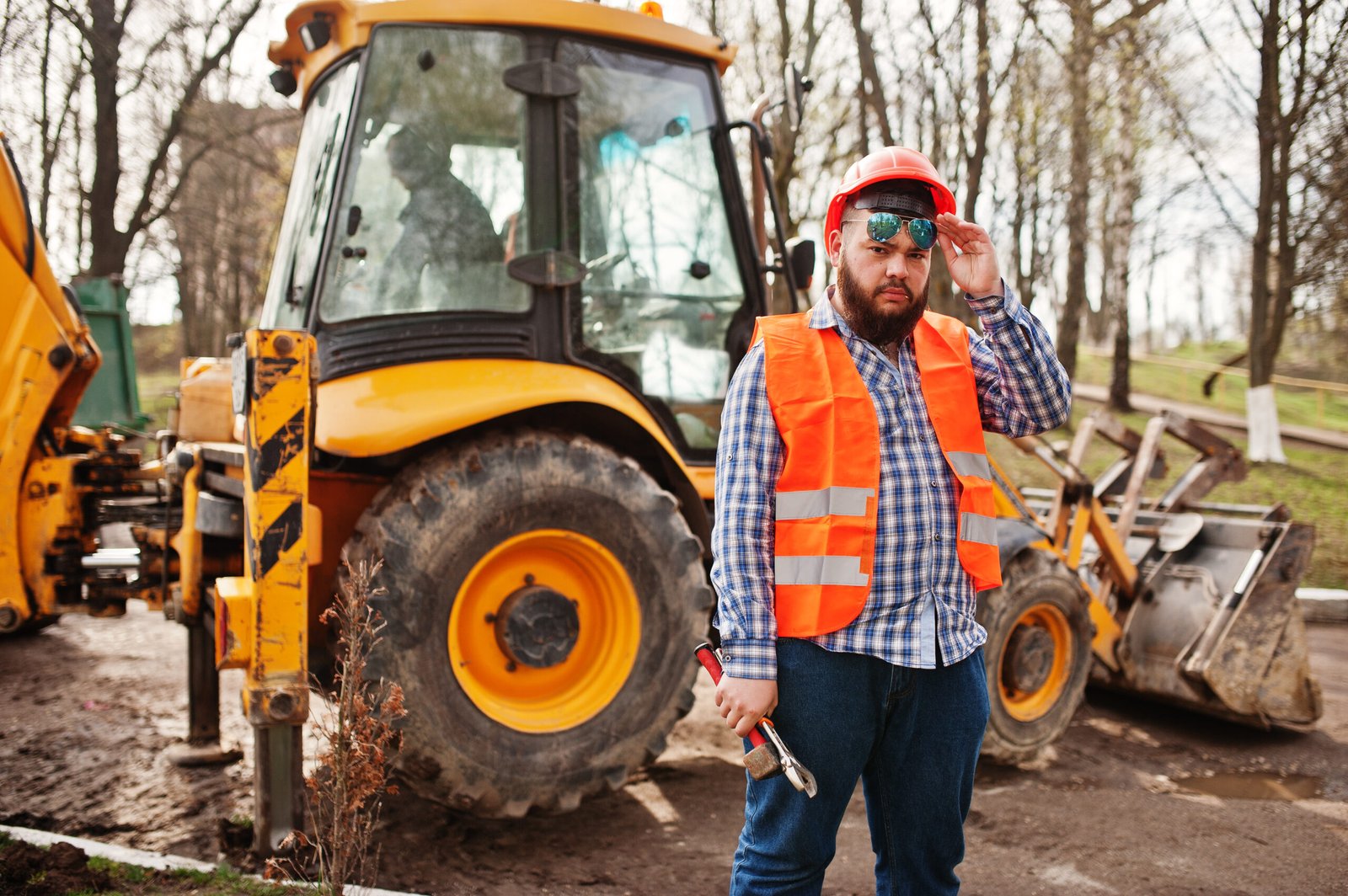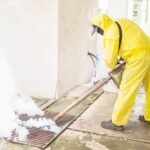Skid steers are very useful and are considered basic needs, especially for construction, landscaping, and farming. Their portability together with versatility makes them suitable for numerous applications ranging from digging to material transportation. Nevertheless, the operation that is done inappropriately often results in inefficiency, risk, and costly loss.
In this week’s blog post, we will discuss some of the many mistakes that operators make regarding skid steers and how to avoid them. With the above tips, safe and efficient operations of the equipment will be achieved besides increasing the overall lifespan of the gear.
Overloading the Skid Steer
Another common mistake often made by operators is pushing the skid steer past its rated working capacity. This can be dangerous and can result in a decrease of the machines performance levels.
Why Overloading is Dangerous
- Reduced Stability: This is a typical feature of many machines, and when people put on a lot of weight, the entire balance of the machinery changes, and that particular machine will tip over.
- Damage to Components: This puts more load on hydraulics, tires, and several other components, and therefore damages or wears them out quickly.
- Inefficient Performance: If an attached load to a skid steer is too big, the machine may not be able to mobilize effectively, implying wasted time as well as fuel.
How to Avoid Overloading
Operators should always refer to the manufacturer’s manual to determine how much load a particular machine can carry, before putting on any material or attaching any attachment. In this manner, monitoring of loads can best be done using a measuring scale or any related measuring tools.
Ignoring Regular Maintenance
Failure to maintain equipment is an oversight that most people tend to consider and which results in frequent breakdowns and expensive repairs.
Failure to take good care of them attracts penalize or penalties.
- Reduced Efficiency: Dirty filters, low fluid levels, or worn parts can hinder performance.
- Increased Downtime: Breakdowns are unpleasant in a project since they trigger bottlenecks and higher costs of repairs.
- Shortened Lifespan: Apart from making your skid steer work longer, maintenance routinely ensures that the equipment does not develop any wear and tear.
Maintenance Best Practices
A proper checkup before operating a skid steer should be done daily, and if you are an employer you should ensure that your employees follow this recommendation. Inspect the level of fluids, tires, hydraulic systems as well as all parts for seepage or harm. Use manufacturer-prescribed oil type, change the oil, and replace the filter regularly to meet manufacturers’ recommended schedule.
Using the Wrong Attachments
Skid steers are built to accept a huge variety of tools however, not all may fit correctly and in some occasions can greatly decrease productivity and sometimes harm the machine.
Problems with wrong Attachments
- Poor Performance: When using a mismatched attachment it increases the amount of difficulty and time it takes to complete a task.
- Equipment Damage: Suspension equipment not meant for skid steer puts pressure on the machine or some of its components fail.
- Safety Risks: Attachments that are wrongly fixed may come off or fail during working which leads to risky situations.
Choosing the Right Attachment
It is crucial that the attachment connects to your skid steer model and hydraulic capacity of your construction equipment. One way or another, going through the manufacturer’s recommendations or turning to a reliable dealer can always assist in choosing the necessary tools for work.
Operating on Unsafe Terrain
Despite being called versatile machines, skid steers are not perfect machines that can be operated on any type of surface. Accidents are likely to occur when operating on unstable or wrong surfaces.
Risks of Unsafe Terrain
- Tipping Hazards: A sloppy or inclined field provokes tipping of the skid steer, which poses a great danger to the operator and other construction workers.
- Traction Issues: Sandy, dirty, or icy terrains that diminish the coefficient of friction weaken control over the machine.
- Damage to Undercarriage: Unfavorable terrains such as rough or rocky endanger the undercarriage or the tires of the skid steer.
Safe Terrain Practices
In this case, make sure of the surrounding environment and eliminate anything that may be in the way or dangerous. Skid steers with tires should be used on hard surfaces while skid steers with tracks are recommendable on surfaces such as soft or inclined ground.
Ignoring Operator Training
One of the worst mistakes that even experienced heavy equipment operators can make is to operate a skid steer without adequate training.
Why Training is Essential
- Improved Safety: Professional people using the machine are less likely to complicate issues or misuse the machine.
- Better Efficiency: That is why informed operators can achieve certain goals in less time and with fewer errors.
- Reduced Equipment Damage: Training assists in curbing its usage in the wrong manner thus greatly increasing the usage lifespan of the skid steer.
How to Ensure Proper Training
Provide periodic and special courses for all operational personnel that deal with the use of the controls, safety measures, and things such as service schedules. It means that even experienced operators should attend refresher courses from time to time in order to become aware of the developments in the course.
Conclusion
It is, therefore, important that one does not make the following mistakes while operation of skid steers to prevent accidents and have long lasting equipment. It is therefore possible to work on issues that might lead to the limitations of the skid steer, common malfunctions, correct attachment usage, the type of ground to work on, and on training, to get the best out of the machine and avoid surprises.
From one day operator to the experienced skid steer one, these guidelines will ensure tasks are accomplished on the equipment while making sure they stay in the best condition.







